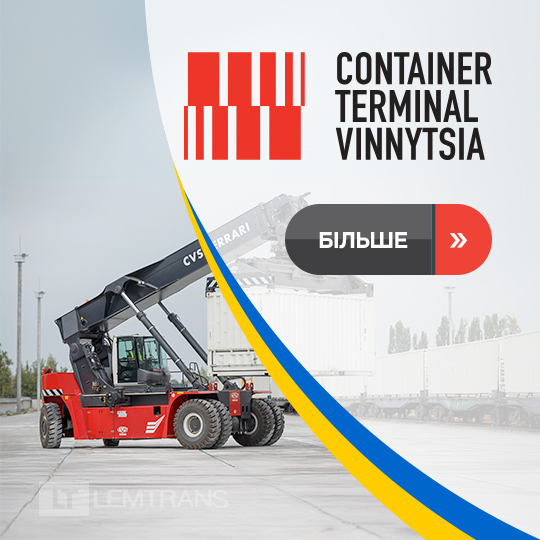Tag: metallurgy
The company continues to reduce emissions by increasing its share of green electricity purchases.
The imports were worth EUR 1.4 billion.
By buying steel products from Russia, these producers are essentially financing the war.
Preparation of the port’s infrastructure for this is underway.
Despite sanctions on other types of steel products, the EU has not imposed restrictions on Russian wheels.
The EU has already imposed sanctions on metallurgical goods from Russia, but the Kremlin managed to secure quotas for an additional four years.
Of these, 25 million tons were agricultural products and about 10 million tons were mining and metal products.
Olena Nikolaychuk-Neroda, who drives a large dump truck at Ferrexpo's iron ore pit near Horishni Plavni, tells the CFTS about the peculiarities of driving mining dump trucks and the prospects for women's employment as drivers.
Only 27,800 tons of pig iron were exported in August.
Bulk carriers carrying rolled steel and iron-ore concentrate have left the ports of Greater Odesa for the first time since the outbreak of full-scale war.
The occupiers painted over the name of the vessel used, although observations and traffic analysis show that it is the Mezhdurechensk vessel.
The cost of logistics for the Ukrainian mining and metallurgical industry has increased 4–5 times since the beginning of the war.
Special attention has been paid to the production of armor plates for Ukrainian soldiers this year.
Importers buying Russian semi-finished products at discounted prices have an advantage over other steel producers in the EU.
Algeria is the country worst affected by these supply interruptions.
The first Ada-class corvette, the flagship of the future Ukrainian Navy’s fleet, was recently launched in Istanbul.
Europe continues to purchase Russian iron ore and cast iron although they can easily be replaced with products from other sources. Why is this happening despite sanctions?
According to Ukraine’s ambassador to Turkey, the possibility of broadening the range of the goods is being considered for the future.
Interview with the deputy minister of infrastructure on how the "grain corridor" functions.

